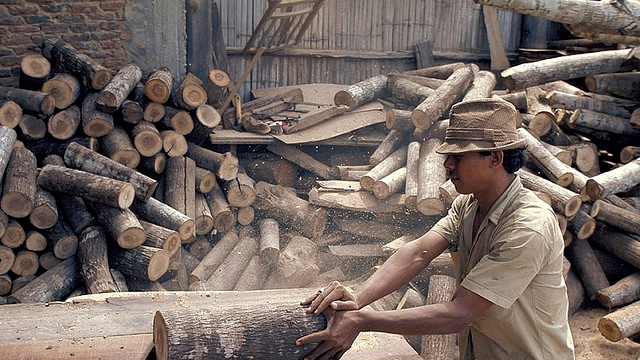Challenge
Much of Quito District’s territory (around 60%) is covered by natural or planted vegetation, presenting high levels of diversity and endemism of important ecological and socioeconomic functions. The District is also home to a city of over 2 million inhabitants, growing economic activity and agriculture, all of which happen in the vicinity of highly valuable and fragile ecosystems.
Although there are plenty of conservation efforts in the District, its natural heritage is still subject to significant threats. Deforestation is rising due to an increasing population, and ecosystems are constantly under pressure from human activity. Compounding these issues is the overarching impact of climate change. An appropriate, integrated management of Quito’s ecosystems – upon which many services depend on – becomes critical in order to guarantee a sustainable development path for the region.
Solution
In order to improve management of Quito’s highly valuable ecosystems, the Bank supported Quito beginning in 2011 on knowledge generation in areas where relevant gaps existed. Efforts were focused on two specific topics:
- Assessment of the Environment Secretariat’s methodology to calculate deforestation levels and recommendations on how to continue the implementation of Quito’s proposed Carbon Offsets Metropolitan System; and
- Recommendations on how to better manage Quito’s natural protected areas, through specific case studies in three priority sites.
The World Bank secured the participation and engagement of internationally renowned experts on deforestation topics and reputed scientific institutions such as the Centro Internacional para la Investigación del Fenónemo de El Niño, CIIFEN, who worked hand in hand with the Environment Secretariat in order to ensure that products were adequate for their capacities and needs.


